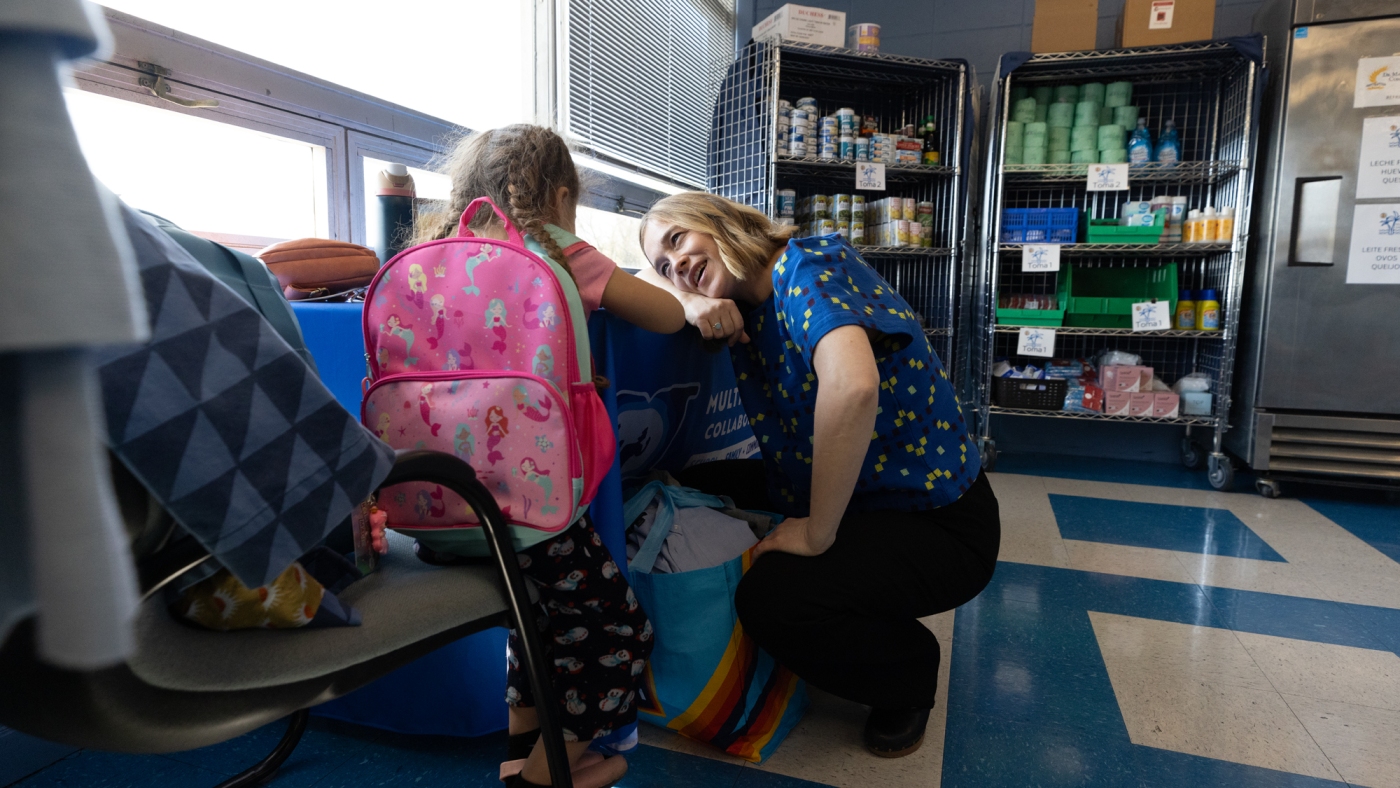Trump’s Budget Plan Threatens Support for Homeless Students
In an era where educational support for vulnerable students is crucial, a new budget proposal from the Trump administration has raised alarms over the future of federal aid for homeless students. The proposed changes could significantly alter how schools allocate resources to support students in need.
Megan Mainzer, who serves as the McKinney-Vento liaison for Middletown Public Schools in Rhode Island, is at the forefront of providing assistance to children and families facing homelessness. Her district received $65,000 last year under the McKinney-Vento Homeless Assistance Act, a federal law that offers financial aid to help schools support students experiencing homelessness.
This funding facilitated essential services such as staffing a food pantry, transportation, after-school care, and internet access for needy families. However, Mainzer is concerned these resources might soon dwindle due to new budget proposals.
The Trump administration’s 2026 fiscal year budget proposal seeks to consolidate the McKinney-Vento program with 17 other initiatives, while dramatically cutting funding. If enacted, Mainzer fears the resources she relies on will be sharply reduced, making “the future very scary and uncertain.”
In the current fiscal year, the U.S. Education Department allocated approximately $6.5 billion to school districts for these programs, including $129 million specifically for homeless students. The new proposal recommends slashing this funding to $2 billion and merging these programs into a single block grant. This change purports to offer districts “flexibility” in spending, free from “administrative burdens.”
Critics, such as Maura McInerney, legal director at the Education Law Center, argue the proposal is “devastating” and unlikely to prioritize homeless students. McInerney warns that without dedicated funding, resources for homeless students may be redirected to other areas.
The fate of the budget proposal rests with Congress, with the fiscal year 2026 set to begin on October 1. The proposal’s future remains uncertain, with some bipartisan support for maintaining the McKinney-Vento program.
Impact on McKinney-Vento’s Effectiveness
Approximately 1.4 million U.S. students faced homelessness during the 2022-’23 school year, as reported in recent federal data. Barbara Duffield, executive director of SchoolHouse Connection, emphasizes that without federal funding, the McKinney-Vento program loses its efficacy.
Duffield outlines the potential consequences: schools may struggle to identify homeless students, leading to fewer students receiving needed protections. This gap could increase dropout rates among homeless students, perpetuating a cycle of homelessness.
“The program is gone, the services are gone, the protections are gone,” Duffield states, highlighting the potential loss of critical support systems.
Uncertain Future for Homeless Liaisons
For Mainzer, the looming budget changes are daunting, especially amid an ongoing housing crisis. She fears more students will experience homelessness and stresses the importance of mandated protections.
“If you don’t mandate protections, then you leave it up to individual districts and states to decide,” Mainzer notes, expressing concern over the potential for inequitable resource distribution.
As the debate continues, Mainzer and others in her position face an uncertain future, questioning if they can fulfill promises to support the students who need it most.







Be First to Comment